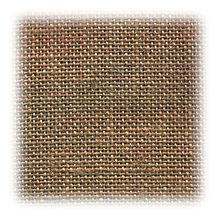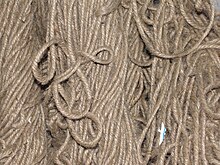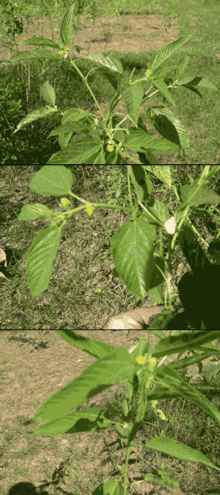Jute


Jute


Jute fiber being dried alongside a road after retting
Jute is a long, soft, shiny vegetable fiber that can be spun into coarse, strong threads. It is produced primarily from plants in the genus Corchorus, which was once classified with the family Tiliaceae, and more recently with Malvaceae. The primary source of the fiber is Corchorus olitorius, but it is considered inferior to Corchorus capsularis. “Jute” is the name of the plant or fiber that is used to make burlap, hessian or gunny cloth.
The word ‘jute’ is probably coined from the word jhuta or jota, an Oriya word.
Jute is one of the most affordable natural fibers and it is second only to cotton in amount produced and variety of uses of vegetable fibers. Jute fibers are composed primarily of the plant materials cellulose and lignin. It falls into the bast fiber category (fiber collected from bast, the phloem of the plant, sometimes called the “skin”) along with kenaf, industrial hemp, flax (linen), ramie, etc. The industrial term for jute fiber is raw jute. The fibers are off-white to brown, and 1–4 metres (3–13 feet) long. Jute is also called the golden fiber for its color and high cash value.
Cultivation
Jute needs a plain alluvial soil and standing water. The suitable climate for growing jute (warm and wet) is offered by the monsoon climate, during the monsoon season. Temperatures from 20˚C to 40˚C and relative humidity of 70%–80% are favourable for successful cultivation. Jute requires 5–8 cm of rainfall weekly, and more during the sowing time. Soft water is necessary for the jute production.
White jute (Corchorus capsularis)
Historical documents (including Ain-e-Akbari by Abul Fazal in 1590) state that the poor villagers of India used to wear clothes made of jute. Simple handlooms and hand spinning wheels were used by the weavers, who used to spin cotton yarns as well. History also suggests that Indians, especially Bengalis, used ropes and twines made of white jute from ancient times for household and other uses. It is highly functional in carrying grains or other agricultural products.




